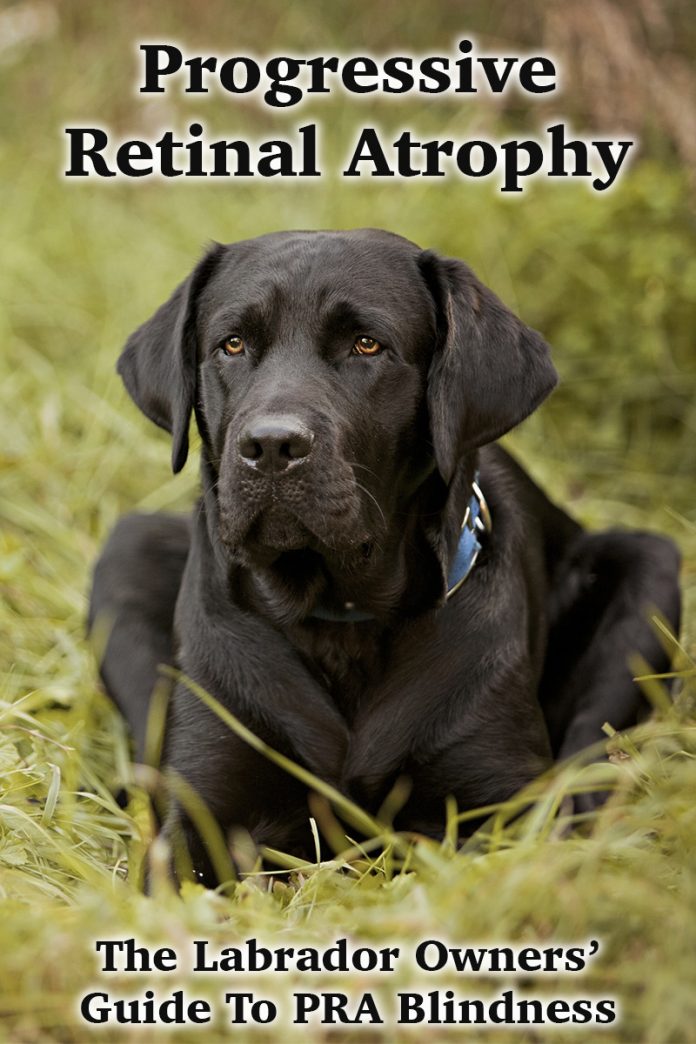Progressive Retinal Atrophy (PRA) is a well-known condition in dogs that affects the retina, leading to blindness. If you are considering getting a Labrador puppy or have a dog whose parents were not health tested, it’s essential to understand PRA. In this article, we will explore PRA in dogs in-depth and provide information on how to protect your Labrador.
PRA refers to a group of diseases that cause the degeneration of the retina, which is responsible for absorbing, reflecting, and processing light. This gradual degeneration results in the loss of vision in dogs affected by PRA. There are different forms of PRA, with varying ages of onset and rates of progression. Dogs with PRA can lose their sight as early as one year or as late as eight years old.
The retina of your dog contains photoreceptor cells called rods and cones, which play a crucial role in vision. Rod cells are responsible for monochromatic and night vision, while cone cells are involved in color vision. In Labradors, the most common form of PRA is prcd or ‘progressive rod-cone degeneration,’ where the rod cells are primarily affected. This mutation can lead to blindness early in a dog’s life or manifest later around the age of three to five years.
As PRA progresses, the retina becomes atrophied, resulting in a gradual reduction of vision. While this condition affects both eyes, it does not cause pain to the dog. Dogs with PRA gradually adapt to their blindness, and owners may not notice the symptoms until cataracts develop.
Symptoms of blindness in dogs can vary, from a cloudy appearance in the eye to changes in behavior. Early signs of PRA include poor vision in dim light, reluctance to go outside in the dark, and dilated pupils. As the disease advances, symptoms may include the development of cataracts, bumping into objects, and full blindness.
Diagnosing PRA in dogs can be done through a visual examination by a veterinarian or using an electroretinogram for a confirmed diagnosis. DNA testing is also available, which can determine if a dog carries the faulty gene associated with PRA.
While there is no cure for PRA, measures can be taken to slow down the progression of the disease. Genetic testing, such as the Optigen test, can help identify carriers and affected dogs, allowing breeders to make informed decisions about breeding.
Living with a blind Labrador requires adjustments in your home and interactions to help them adjust. Despite the challenges, dogs with PRA can lead fulfilling lives with proper care and support.




